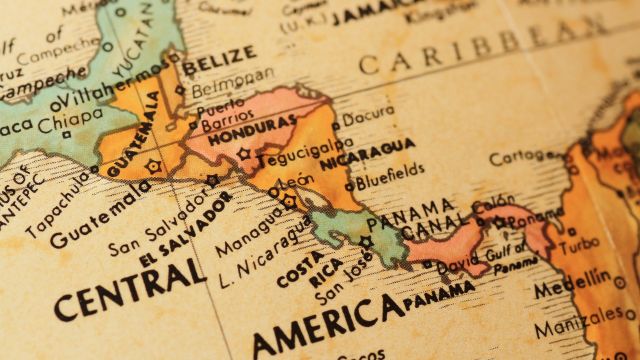The kissing bug doesn’t actually sound that bad, but in fact a bite from this insect can be deadly. That’s because the triatomine bug, also known as “blood sucking” or kissing bug, may be infected by a parasite that causes Chagas disease – a condition with long-term and potentially lethal consequences. While recent news reports have been swirling about the kissing bug, its presence has been long known.
Where is the kissing bug found?
Kissing bugs are common in South and Central America, particularly in poor, rural areas. But the bug has also been identified in the lower two-thirds of the U.S., most often in Texas, New Mexico and Arizona. Cases of Chagas have been recorded in Texas and elsewhere in the southwest at least since 1955.
Currently about 300,000 people in the U.S. are infected, most of whom came from Latin America. Most are unaware that they have it.
What is Chagas disease?
Chagas disease comes from a parasite called Trypanosoma cruzi, which is carried by the kissing bug as well other insects. Small animals, such as raccoons and skunks, also carry T. cruzi, but humans don’t get it from animals.
An infection has two phases. In the acute phase, right after transmission, symptoms—if they appear at all—are mild and flu-like: fever, chills, aches, as well as swelling at the bite site. However, one of the most recognized and obvious symptoms of acute Chagas disease is called Romaña's sign. This is marked by a puffy swelling of the eyelids; it occurs most prominently on the side of the face that was bitten, or where the bug feces were deposited or rubbed into the eye by accident.
In about two-thirds of people, the disease goes into remission after the acute phase and does not return. If you’re one of the unlucky third, the chronic phase, if left untreated, could come years or even decades later and bring with it chronic stomach and digestive issues, increased risk of stroke, irregular heartbeat and an enlarged heart.
How is Chagas disease transmitted?
Triatomine bugs are nocturnal insects that tend to bite humans on the face and lips while they’re sleeping – hence the name, kissing bug. But it takes more than a bite to become infected. The bugs tend to defecate after they bite, and the feces have to enter the bite wound or a mucous membrane, such as the eye. This may happen when a person feels a bite and then brushes away at the spot – inadvertently infecting themselves.
Is it contagious?
Once you have Chagas disease, you’re not contagious under most circumstances. Exceptions are transmission from mother to child, and transmission from blood transfusions and organ transplants.
What does the kissing bug look like?
The insect is about penny-sized and characterized by yellow or orange stripes around the perimeter of their bodies. It’s often mistaken for the assassin bug and the wheel bug.
What should I do if I’m bitten?
If you think you’ve encountered a kissing bug, the Centers for Disease Control and Prevention (CDC) says not to squish it; rather, preserve it in rubbing alcohol or freeze it and bring it to a nearby university or your local health department for identification. You should also seek medical attention for the bite.





